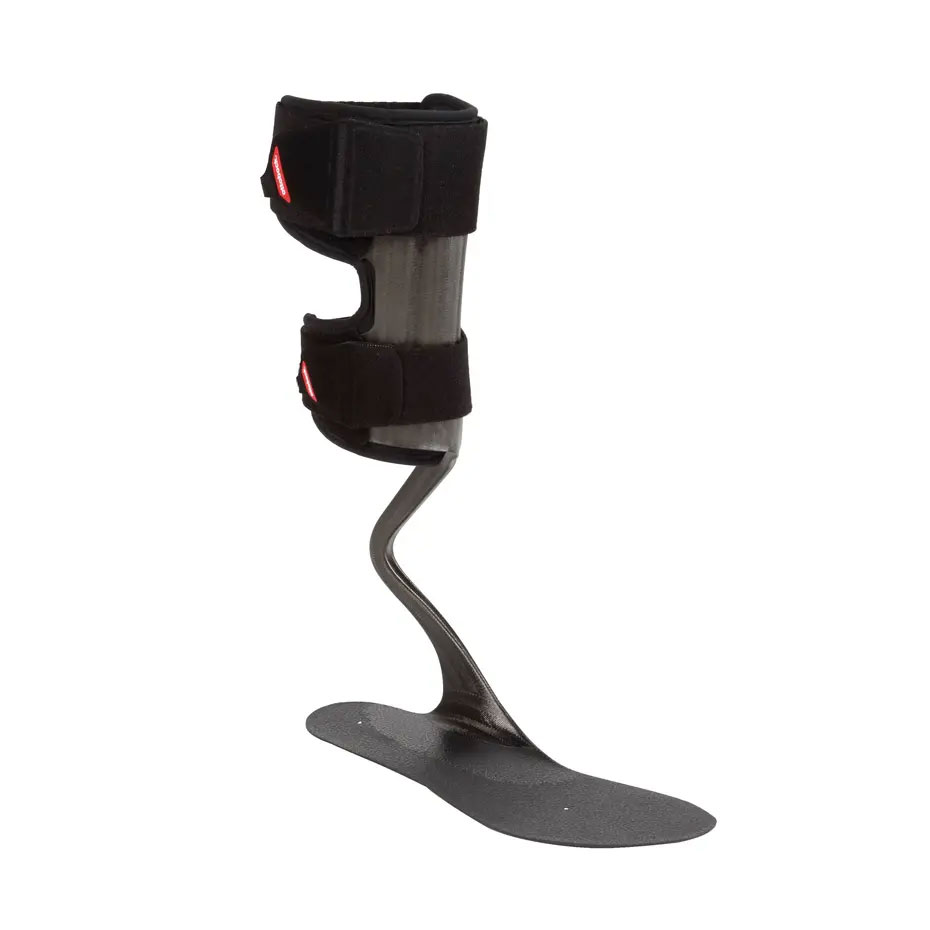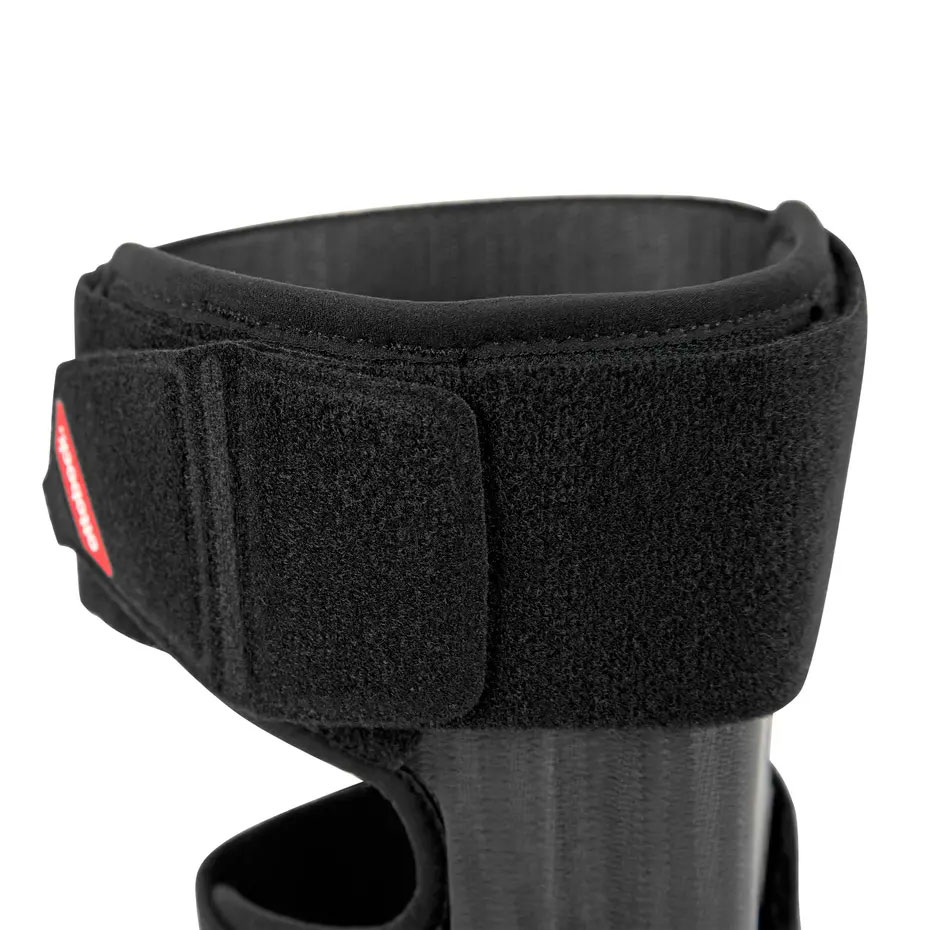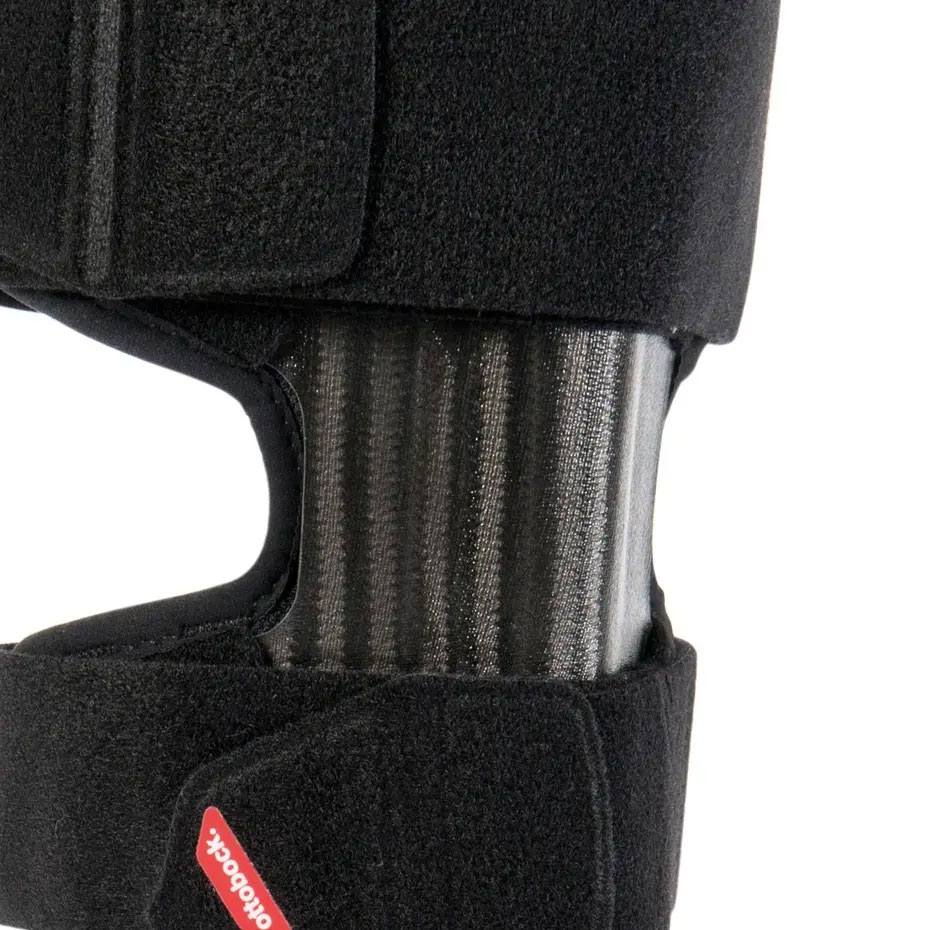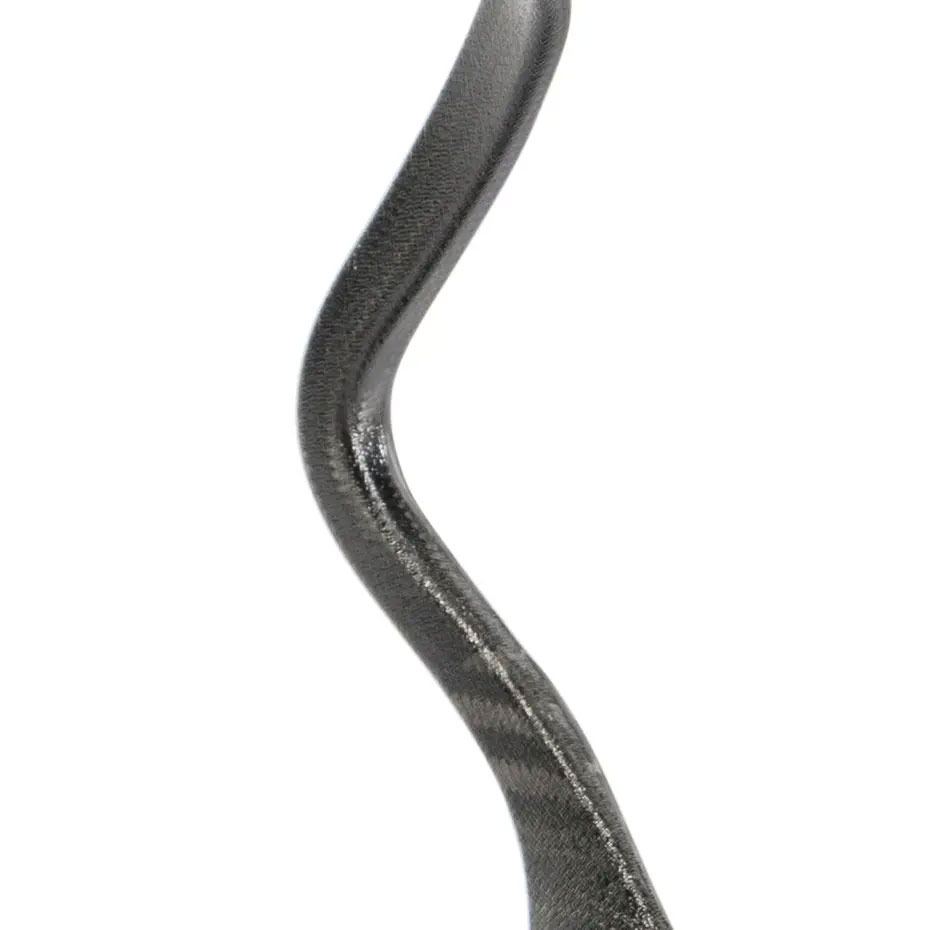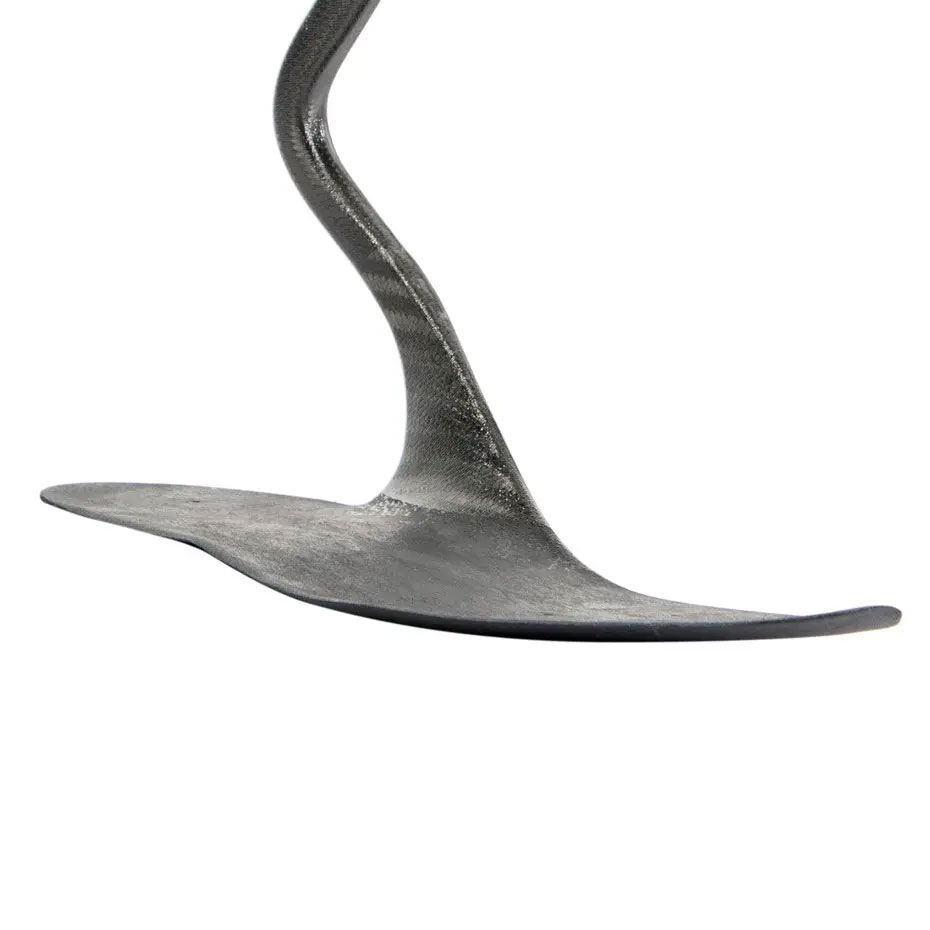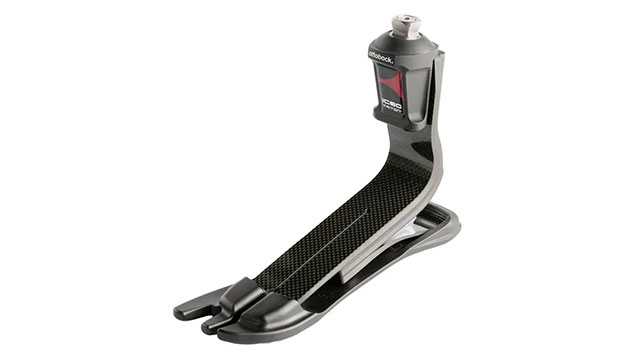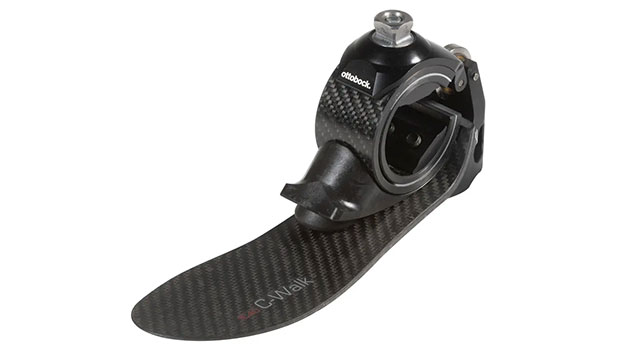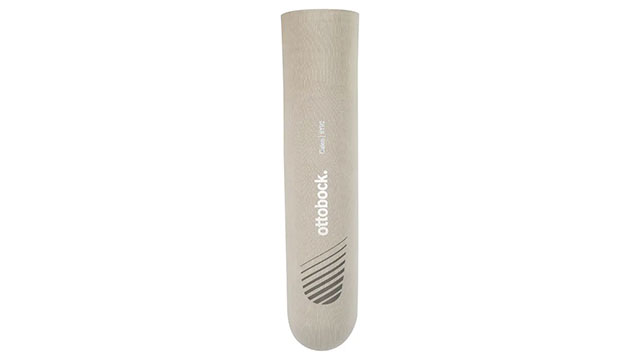Dynamic Appearance
People with permanent drop foot depend on a device that lifts their foot while walking.
That is precisely what the WalkOn Reaction does. The carbon orthosis helps to lift the foot during the swing phase, making the gait safer while reducing the risk of stumbling and falling. The tip of the foot no longer gets caught as easily on small obstacles or uneven ground.
Thanks to its special design, the WalkOn Reaction supports the knee joint as well. When the foot lowering musculature is impaired as well, you also benefit from the high energy return of the orthosis, which is activated during the rollover motion of the foot. This lets you walk more naturally again.
Manufactured: OTTOBOCK
User group: adults
Terms and conditions: Stroke, other, Multiple sclerosis, Neurological disorders
Applications: Bracing & Support/ (OTS)
Production: Assembled
Benefits at a glance
WalkOn Reaction – lightweight, balancing, robust
The WalkOn Reaction enables a nearly physiological gait. Depending on your current phase in the gait cycle, extension and flexion of the knee is supported by the special structure (frontal contact) of the orthosis. Your gait pattern becomes smoother.
Compensating movements can lead to signs of wear. The WalkOn Reaction reduces these with its high energy return. You walk more symmetrically, because the orthosis stores energy at heel strike and releases it again during the rollover movement of the foot.
You gain safety because the WalkOn reaction supports and lifts your foot in the swing phase while walking. The risk of getting caught with the tip of the foot, for example on carpet edges or uneven ground, is reduced.
The orthosis fits in any shoe that provides support. You should merely ensure that the shoe has a reinforced heel. To put on the orthosis, you should position the WalkOn Reaction in the shoe and then slide in with your foot.
The WalkOn Reaction is lightweight, slim and discreet under clothing. A shin pad makes it even more comfortable for you.
The WalkOn Reaction is especially robust. It has proven its durability in trials and long-term function testing.
Answers for you
We recommend that you place the orthosis into the shoe first and then insert your foot. Then you can simply fasten the hook-and-loop closures.
It is not possible to make any specific recommendation. You must be able to safely control any vehicle for which you require a driver’s license and insurance, or which is used in traffic. This ability when wearing a WalkOn Reaction is determined on a case-by-case basis. You are required to observe national and state laws.
Replacement pads can of course be ordered through your orthopaedic technician. He or she adapts the pads for you personally to ensure they fit.
The orthosis should be wiped regularly using water and a mild cleaning agent. All pads and closures are combined, and all textile components can be washed and replaced. We recommend washing the pad at least twice a week (machine washable at 40°C).
Speak to your clinician to get their advice on which activities are the most beneficial and how to make the best use of your orthosis. You should however avoid extreme and abrupt movements.
No, but you should select a sturdy shoe with a reinforced heel. It is important that the orthosis fits firmly so that it moves as little as possible. We also recommend a heel height of 10 mm; alternatively this can be determined by your technician. An additional pair of shoes should of course have the same heel height.

